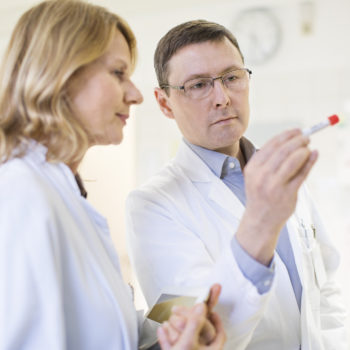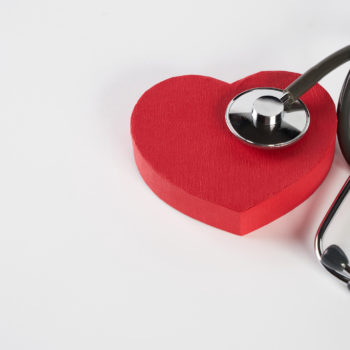Varicose veins represent one of the disorders that affect the venous system of the legs. These are visible dilatations and tortuousness of the veins of the limbs that struggle to correctly restore blood to the heart. The factors that can increase the risk of this condition are different: do they include family history? We asked Dr. Elisa Casabianca, vascular surgeon at Humanitas.
Varicose veins are certainly a more common disorder in the female than in the male sex. Therefore, gender is one of the non-modifiable risk factors that can contribute to the disease onset. In addition, there is also the age factor with the highest frequency of varicose veins in adulthood. Moreover, there is also the link to family history: “This element weighs a great deal, and special attention should also be paid to the initial symptoms if there have been cases of venous insufficiency in the family,” says Dr. Casabianca.
However, knowing one’s family history should not be an alarm: “If there are no symptoms, if the patient does not feel the sensation of heaviness in her legs and dilated blood vessels do not emerge, then there is no need to worry,” explains the specialist. In the presence of symptoms – she continues – it is better to undergo angiological examination and EcoColorDoppler test”.
A large testing field is the possibility of pregnancy: “Varicose veins often appear when the woman is expecting, both due to hormonal changes and due to the pressure on the abdominal veins exerted by the uterus. Well, if a pregnant woman with family history of varicose veins overcomes this phase without the condition occurring, then it is most likely she will be considered unaffected”.
Lifestyle
Prevention must be the same for all patients, including in patients with family history of the disease. Many elements of risk for varicose veins, in fact, call into question the lifestyle: “First of all, being overweight but above all obesity can increase the probability that the veins will achieve the characteristic swellings. In addition – concludes Dr. Casabianca – addiction to cigarette smoking, sedentary activity and, above all, prolonged sitting positions for professional reasons can also increase the risk”.








